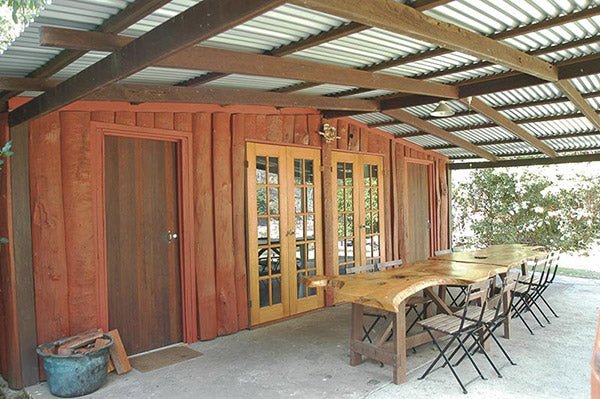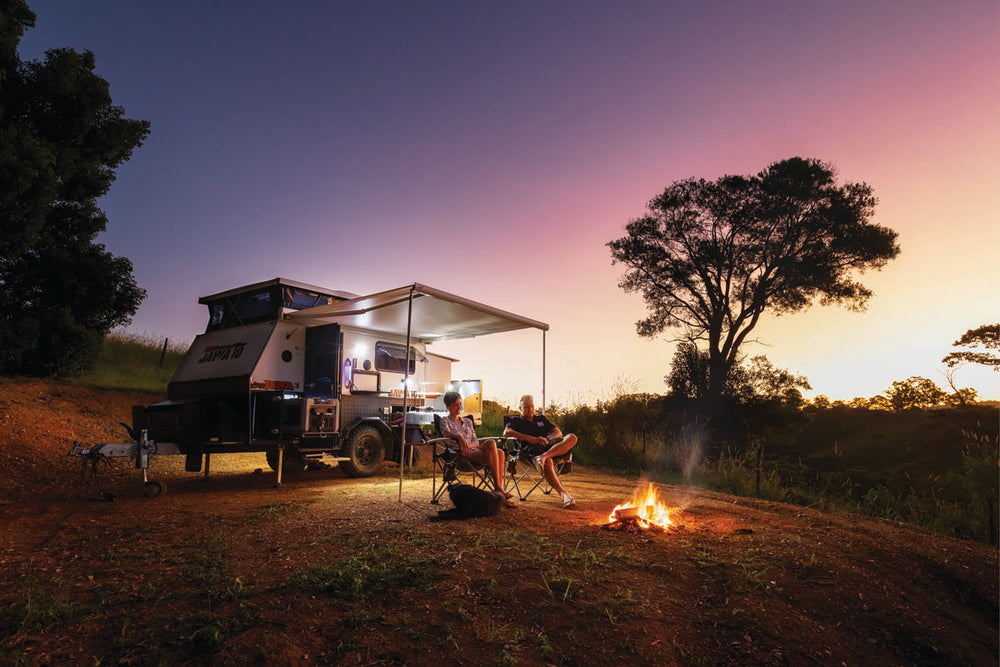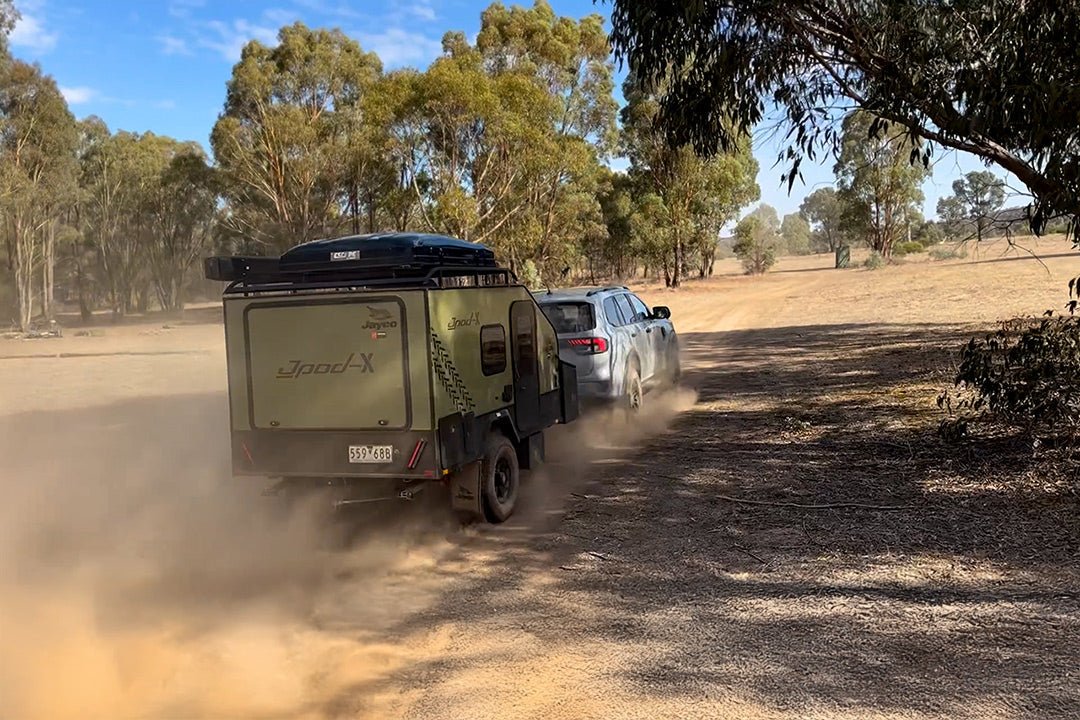Clarence River, NSW

The locals know it as “The Big River”, its mouth spanning 370m at Yamba, NSW, where it runs into the sea, but there is more to this river than many realise. Further upstream, close to its very beginnings, the Clarence River is far narrower, and, undoubtedly, more pristine.
Steve and Sharon Ross have lived on their 1200 acre property, the Clarence River Wilderness Lodge which borders the upper Clarence, for more than 32 years. They’ve shared the wonders of this part of the state with visitors for about the same amount of time, but the gloss of the lifestyle has never worn off. Both pursue a wide variety of outdoor activities, especially canoeing, so to live beside one of Australia’s iconic streams was just a natural progression.
The Clarence River Wilderness Lodge is as remote as you can get, east of the Great Divide. The track leading in wends through the bush with occasional glimpses of the river and the ranges beyond; it’s a fitting introduction to the wonders ahead.
The lodge has large tracts of untouched bushland and is registered (along with neighbouring estates) as a Wildlife Refuge, gazetted by national parks. Many visitors camp along the edge of the river, or stay in one of the cabins, and that’s as far as they will go. But others who are a little more adventurous can canoe downstream or explore the bush by foot. The property is also a base to explore the upper Clarence and Tooloom by vehicle. The options are extensive, to say the least.
THINGS TO DO
The old township of Lower Tooloom, within the estate, is at the site of a privately leased active gold mine and is a great spot to explore. It sits on a bend of the Tooloom Creek with an 8m deep waterhole. To one side you can spot remnants of the old wheelbarrow track where the miners once dragged in their supplies. At its peak during the mid-1800s, the old town had a population 800, with stores, a blacksmith and a pub called the Happy Valley Inn. The track in is very steep and 4WD low-range is recommended.
Another track leads down what is known as the Rose Garden, the site of a small hut marked by a flourishing rose bush, planted by the former residents Mr and Mrs Smith. Mrs Smith, of Aboriginal descent, was a dab hand at concocting potions for a variety of ailments. The foundations of their home can still be seen.
Of course, the only access to this part of northern New South Wales is by a road or, as some would refer to it, a track winding its way along the spine of the ranges. This is the Paddy’s Flat Road that begins to the south near Tabulam, also on the Clarence. For those coming in from the south, it’s worth stopping at the low level crossing of the Clarence where remains of WWII tank traps are visible on the downstream side of the road.
THE CLARENCE RIVER WILDERNESS LODGE
The Ross’ built their comfortable, rustic home from recycled and local materials. They take a laid-back attitude to camping and will allow you to pretty much pick your spot and set up with plenty of room to enjoy.
“We like to let people have a decent experience here so we limit the campers to 11 families,” Steve said. “We could cram in a lot more, but the camping experience of not being hemmed in is important to our visitors.”
The grass along the river is kept short, partly by the local wallabies and partly by Steve, so you need not worry about lumps under your tent. In summer, the river is an inviting place for a swim after the work of getting your camp in order. There is also a big area set aside for convoys, as well as three dedicated bush campsites.
If you prefer something a little more solid, there is a selection of cabins to choose from. These are basic but comfortable and you will need to bring your own linen or sleeping bags. They all have an area out front where you can relax with a drink at the end of the day. A couple of “bushman’s huts” perched on the side of the hill are rustic in every way and are also available for rent.
Across the river from the camping and cabins is the rocky escarpment that leads into the national park. The rock wallabies appear to defy gravity as they bound the near vertical hillside while, in the early mornings and evenings, the local platypus can often be found moseying the pristine waters of the upper Clarence.
Fishing is not permitted within the reserve in order to preserve the wildlife feeding grounds but Steve and Sharon can organise a canoe for you if you wish to paddle upstream and cast a line. Rapids further downstream provide a challenge for thrill-seekers but a high level of proficiency is required.
The effect this place has on visitors is profound; many return time and again to refresh their memories and discover new adventures. Steve and Sharon are always happy to share this little piece of paradise and are able to help out with any additional information you may need for your trip.
FAST FACTS
The Clarence River Wilderness Lodge is three hours south of Brisbane via Paddy’s Flat Road.
The track in is steep and can be rough, so it is best suited to 4WDs, or 2WDs with high clearance. Caravans aren’t recommended but offroad camper trailers are fine.
Composting toilets are provided but as there’s no electricity, fuel or other supplies, so campers need to be self-sufficient. Please take out your own rubbish as you would at any other bush camp.
Mud maps are available from the office.
Bookings are essential. Visit www.clarenceriver.com or phone Steve and Sharon on (02) 6665 2337 for more information.
The full feature appeared in Caravan World #540 August 2015.







